HydrogenPro.
HydrogenPro’s electrolyzer will be assembled and installed in the coming weeks, according to a press release published by Chemical Engineering on Wednesday.
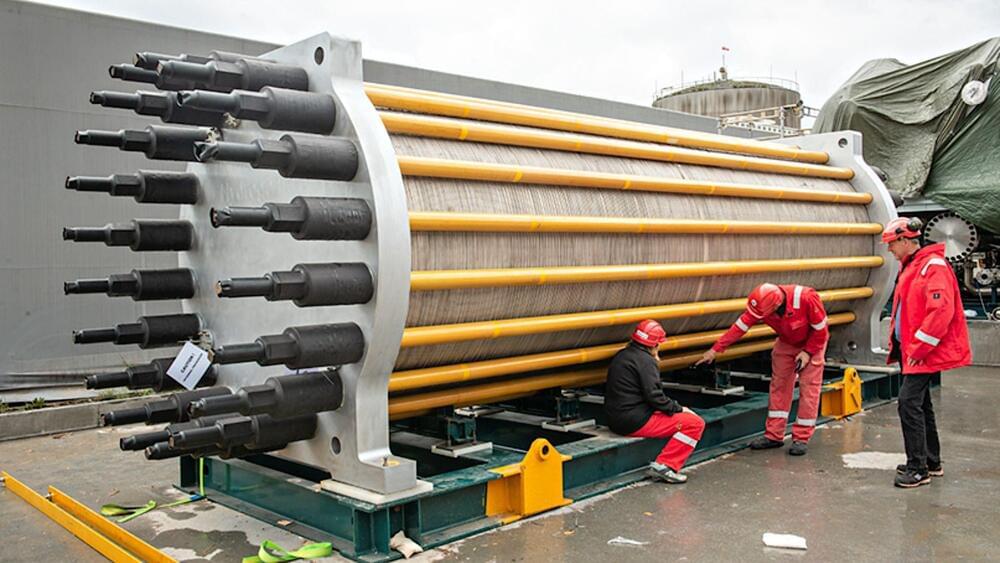
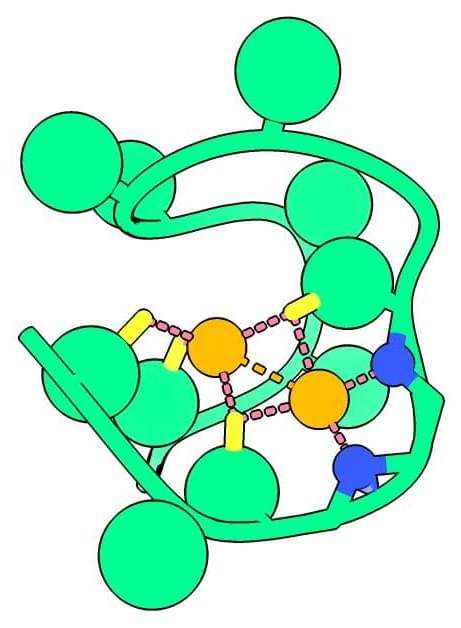
A team of Rutgers scientists dedicated to pinpointing the primordial origins of metabolism—a set of core chemical reactions that first powered life on Earth—has identified part of a protein that could provide scientists clues to detecting planets on the verge of producing life.
The research, published in Science Advances, has important implications in the search for extraterrestrial life because it gives researchers a new clue to look for, said Vikas Nanda, a researcher at the Center for Advanced Biotechnology and Medicine (CABM) at Rutgers.
Based on laboratory studies, Rutgers scientists say one of the most likely chemical candidates that kickstarted life was a simple peptide with two nickel atoms they are calling “Nickelback” not because it has anything to do with the Canadian rock band, but because its backbone nitrogen atoms bond two critical nickel atoms. A peptide is a constituent of a protein made up of a few elemental building blocks known as amino acids.

Researchers have developed a new model inspired by recent biological discoveries that shows enhanced memory performance. This was achieved by modifying a classical neural network.
Computer models play a crucial role in investigating the brain’s process of making and retaining memories and other intricate information. However, constructing such models is a delicate task. The intricate interplay of electrical and biochemical signals, as well as the web of connections between neurons and other cell types, creates the infrastructure for memories to be formed. Despite this, encoding the complex biology of the brain into a computer model for further study has proven to be a difficult task due to the limited understanding of the underlying biology of the brain.
Researchers at the Okinawa Institute of Science and Technology (OIST) have made improvements to a widely utilized computer model of memory, known as a Hopfield network, by incorporating insights from biology. The alteration has resulted in a network that not only better mirrors the way neurons and other cells are connected in the brain, but also has the capacity to store significantly more memories.
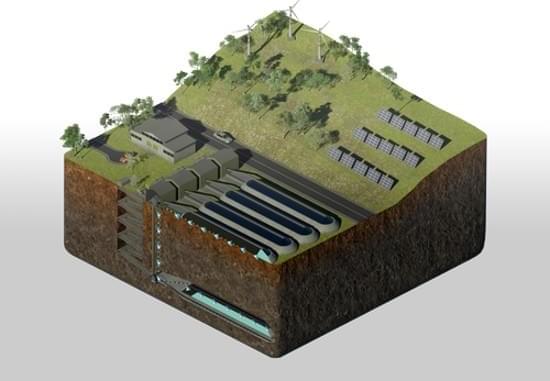
In a historic achievement, University of Rochester researchers have created a superconducting material at both a temperature and pressure low enough for practical applications.
“With this material, the dawn of ambient superconductivity and applied technologies has arrived,” according to a team led by Ranga Dias, an assistant professor of mechanical engineering and physics. In a paper in Nature, the researchers describe a nitrogen-doped lutetium hydride (NDLH) that exhibits superconductivity at 69 degrees Fahrenheit (20.5 degrees Celsius) and 10 kilobars (145,000 pounds per square inch, or psi) of pressure.
Although 145,000 psi might still seem extraordinarily high (pressure at sea level is about 15 psi), strain engineering techniques routinely used in chip manufacturing, for example, incorporate materials held together by internal chemical pressures that are even higher.
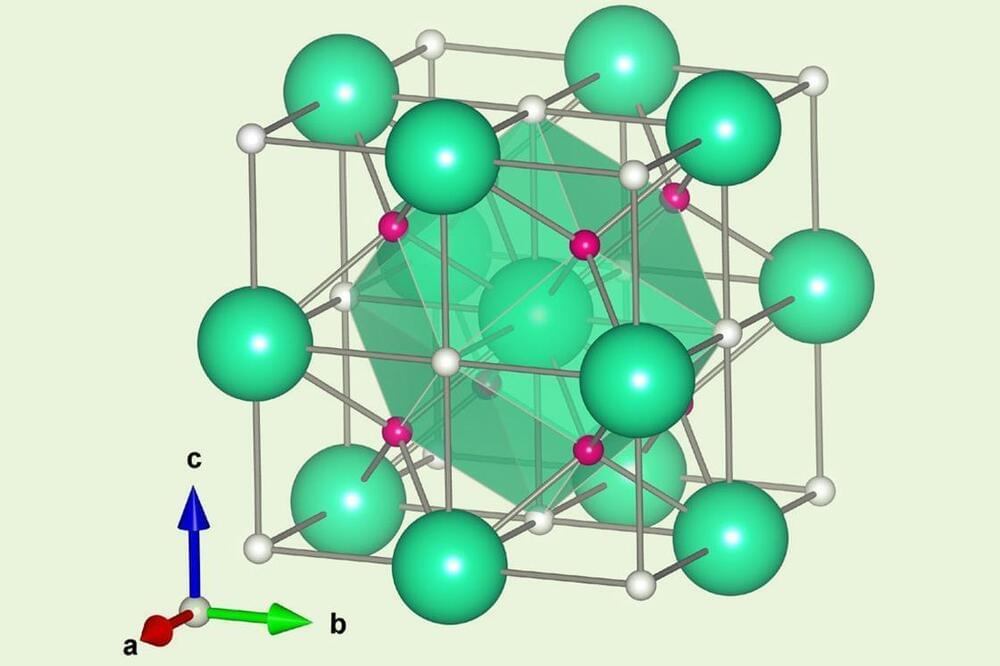
Companies could one day make superconductive quantum computer chips that function at room temperature thanks to a new material from researchers in the US. Ranga Dias from the University of Rochester and colleagues made a material superconductive at 21°C and pressures less than 1% of those used for existing high-temperature superconductors. ‘The most exciting part is the pressure,’ Dias tells Chemistry World. ‘Even I didn’t think this was possible.’
Together with Ashkan Salamat’s team at the University of Nevada, Las Vegas, the scientists say that electrical resistance in their nitrogen-doped lutetium hydride falls to zero at room temperature. Making room-temperature zero-resistance materials is a chemistry ‘holy grail’ and could fight climate change by reducing the 5% of electricity lost as heat while flowing through the grid.
However, Dias and Salamat’s team hasn’t been able to fully confirm the new material’s structure. As hydrogen atoms are so small they don’t easily diffract the x-rays used to work out the material’s composition. And this is an important reservation, considering the publisher of the team’s previous high-temperature superconductor paper retracted it.

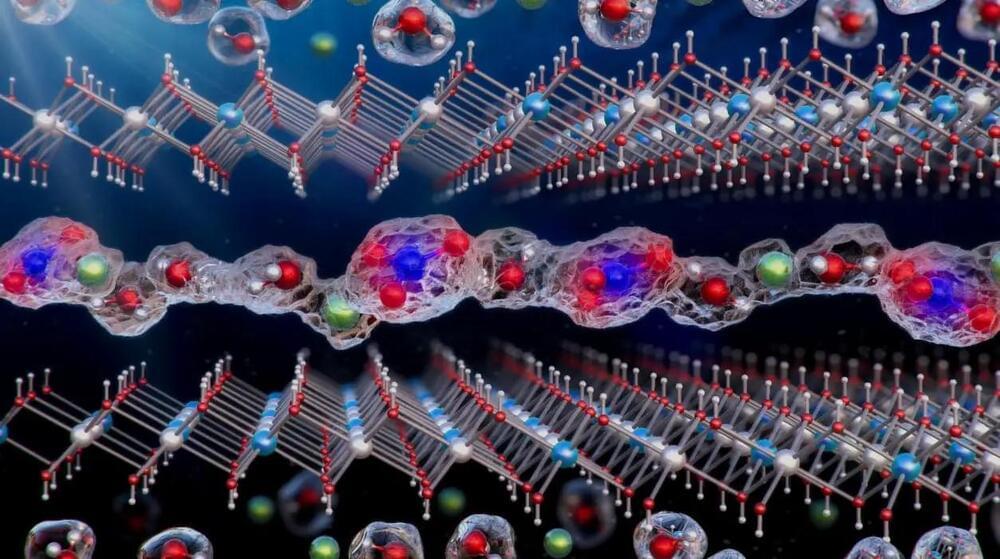
Studying the relationship between the arrangement of water molecules incorporated into layered materials like clays and the arrangement of ions within these materials has been a difficult experiment to conduct.
However, researchers have now succeeded in observing these interactions for the first time by utilizing a technique commonly used for measuring extremely small masses and molecular interactions at the nanoscale.
The nanoscale refers to a length scale that is extremely small, typically on the order of nanometers (nm), which is one billionth of a meter. At this scale, materials and systems exhibit unique properties and behaviors that are different from those observed at larger length scales. The prefix “nano-” is derived from the Greek word “nanos,” which means “dwarf” or “very small.” Nanoscale phenomena are relevant to many fields, including materials science, chemistry, biology, and physics.
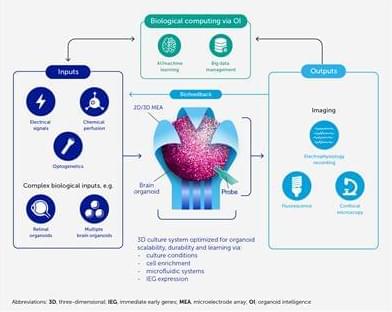
Recent advances in human stem cell-derived brain organoids promise to replicate critical molecular and cellular aspects of learning and memory and possibly aspects of cognition in vitro. Coining the term “organoid intelligence” (OI) to encompass these developments, we present a collaborative program to implement the vision of a multidisciplinary field of OI. This aims to establish OI as a form of genuine biological computing that harnesses brain organoids using scientific and bioengineering advances in an ethically responsible manner. Standardized, 3D, myelinated brain organoids can now be produced with high cell density and enriched levels of glial cells and gene expression critical for learning. Integrated microfluidic perfusion systems can support scalable and durable culturing, and spatiotemporal chemical signaling.

Summary: Utilizing a classic neural network, researchers have created a new artificial intelligence model based on recent biological findings that shows improved memory performance.
Source: OIST
Computer models are an important tool for studying how the brain makes and stores memories and other types of complex information. But creating such models is a tricky business. Somehow, a symphony of signals – both biochemical and electrical – and a tangle of connections between neurons and other cell types creates the hardware for memories to take hold. Yet because neuroscientists don’t fully understand the underlying biology of the brain, encoding the process into a computer model in order to study it further has been a challenge.